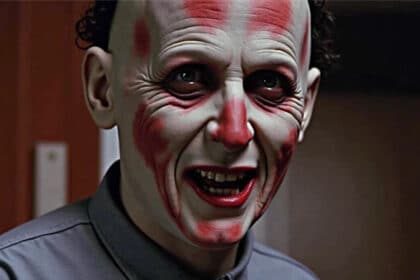Most football formations are quite traditional—such as the 4-4-2 or 4-3-3—and coaches rarely stray from what’s tried and tested. Occasionally, teams and managers experiment with weird football formations that may seem unusual, but ultimately result in significant benefits. So, here is a guide to some of the strangest football formations that were actually really effective.
7 Weird Football Formations That Worked
1. Ajax (1994/95) – 3-3-1-3
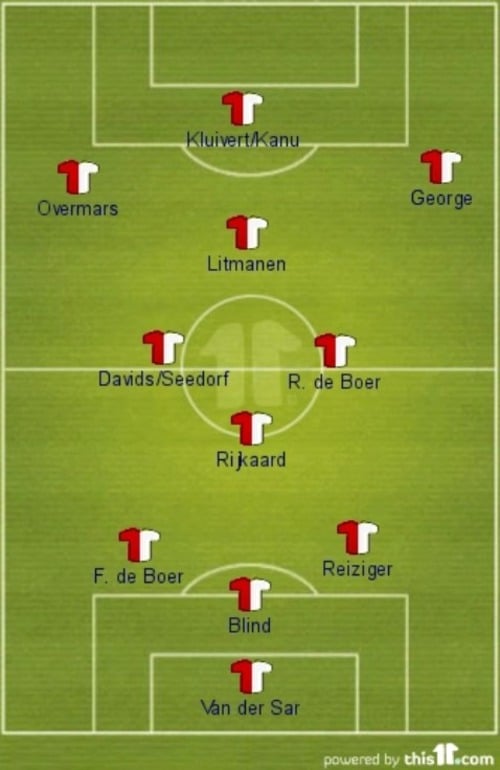
Ajax under Louis van Gaal had a very unconventional 3-3-1-3 formation. Picture three defenders in the back, three midfielders right in front of them, an attacking midfielder, and then three forwards. And that was a far cry from the typical setups.
But Ajax boasted homegrown stars such as Frank de Boer, Clarence Seedorf, and Patrick Kluivert. It gave them the ability to move forward with numbers while still maintaining a strong defense. Ajax won the Champions League in 1995, dominating Dutch football with a creative, adaptable system from Van Gaal.
I think this formation shows that young, talented players will seize their opportunities when given the freedom to do so, that they can achieve remarkable success, even with a formation that appears reckless.
2. Australia (2006) – 3-6-1
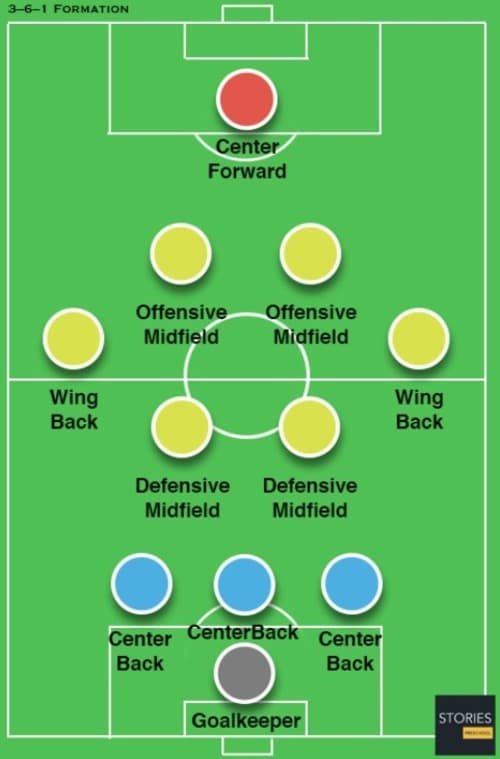
Australia played a rare 3-6-1 formation at the 2006 World Cup. That is three at the back, six in the middle, and one up top. This compact midfield is designed to control the game and pass the ball effectively.
With six midfielders at their disposal, Australia were able to dominate possession and transition quickly between the attack and defense. The lone striker was Mark Viduka, while creative attackers Tim Cahill and Harry Kewell provided support from midfield. Only a few expected Australia to make it beyond the group stages.
This shows how having power in the midfield surpasses simply having a squad full of forwards. It’s a clever tactic to play against stronger teams.
3. Barcelona (2009/10) – 4-2-4
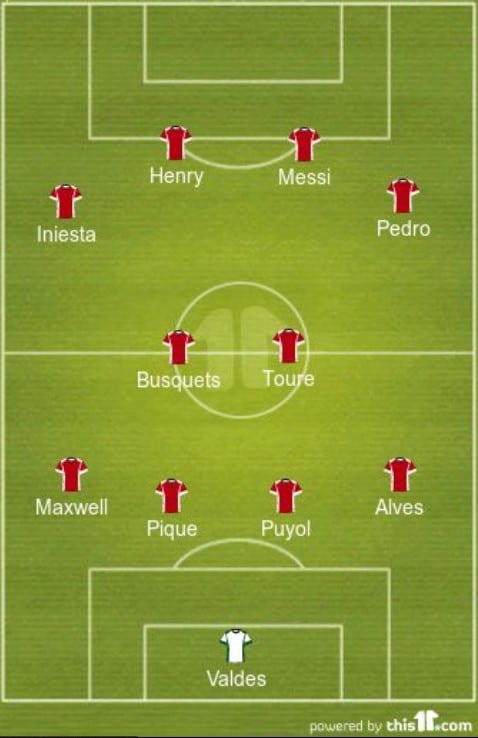
Barcelona, performing under Pep Guardiola, would switch now and again into a 4-2-4 formation, a tremendous siphon with four defenders, two midfielders, and four forwards.
Normally, this leaves the midfield vulnerable, but with Messi, Henry, and Pedro, you can afford to leave the midfield somewhat exposed. With Yaya Toure and Sergio Busquets holding down the midfield, the team could launch the aggressive attacks that won them so many trophies.
I appreciate Guardiola having the confidence in his players to set up so offensively. It shows how the right players can help enforce even the most weird football formations.
4. Spain (2012) – 4-6-0 (False Nine)
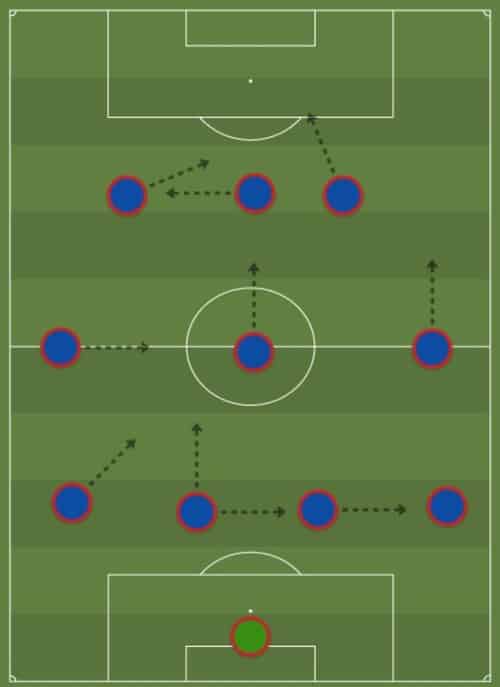
Spain’s Euro 2012 team used a formation with no traditional striker—4 defenders, 6 midfielders, and 0 forwards. Instead, a midfielder like Cesc Fabregas played as a “false nine,” dropping deep to create chances.
This confused opponents because Spain’s midfielders controlled the game and created many scoring chances. Spain won the tournament playing beautiful, possession-based football.
The false nine is a clever idea that breaks the usual striker role. It’s a reminder that football is about creativity and teamwork, not just positions.
5. Bayern Munich (2013/14) – 3-4-3
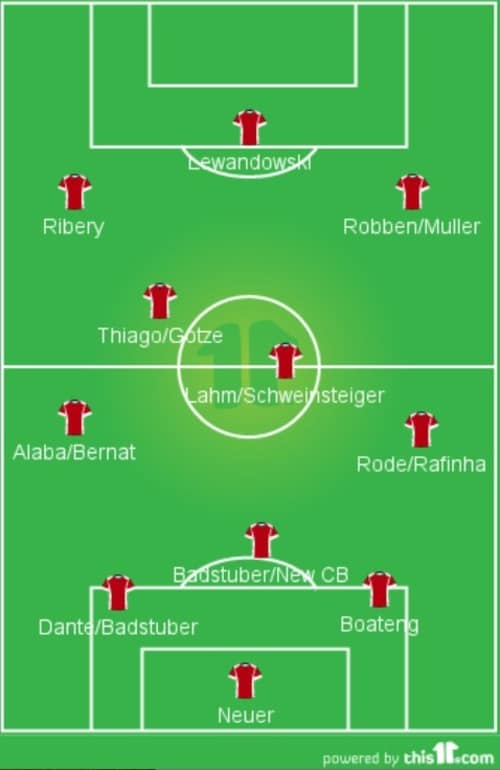
The 3-4-3 formation — three defenders, four midfielders, and three forwards — was introduced under Guardiola at Bayern.
Really Bayern had an amazing squad, and this formation turned out to suit them well with fast attacks and solid defense. Therefore, they switched Philipp Lahm to midfield, where he dominated the game much more effectively. That season Bayern won the Bundesliga. This demonstrates how a flexible formation and intelligent player roles can maintain a team through periods of injury or suspension.
6. Chile (2010) – 3-3-1-3
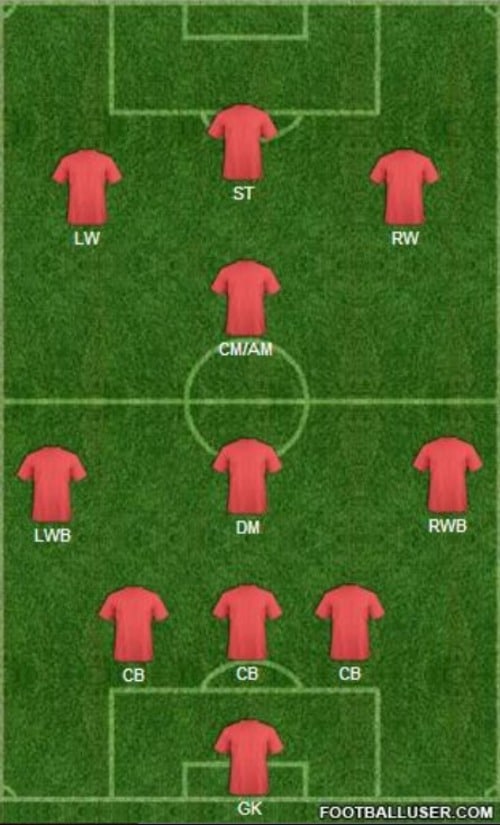
Marcelo Bielsa’s Chile also utilized a 3-3-1-3, prioritizing high-pressure, quick counterattacking play like Ajax.
This formation enabled Chile to high press and, with the inclusion of wing-backs, add speed and width. This system worked well for players like Alexis Sanchez and Arturo Vidal. Chile reached the last 16 at the World Cup, they made a statement.
Bielsa’s bold approach show how an attacking mindset and hard work can make a team competitive and fun to watch.
7. France (1984) – 4-2-2-2 (Magic Square)
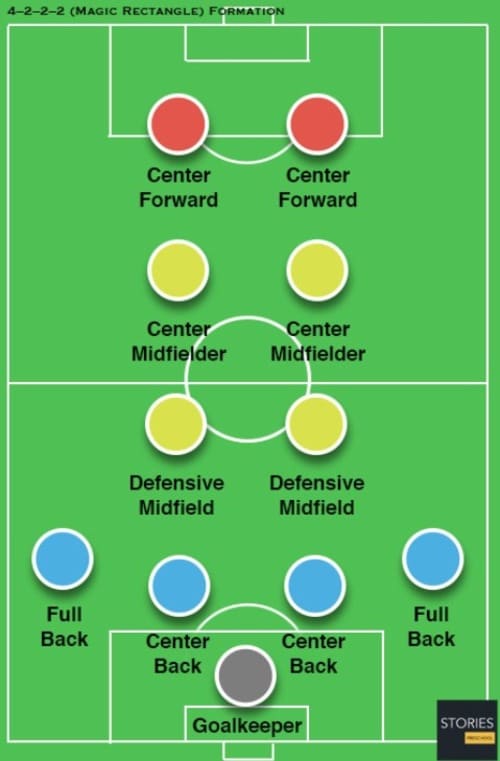
The famed “Magic Square” midfield of France consisted of four players in a 4-2-2-2 formation that combined creativity with hard work.
The four midfielders—Platini, Tigana, Giresse, and Fernandez—were the ideal balance of creativity, defense, and skill. Platini marched France on to win a title with nine European Championship goals.
This system places a strong emphasis on midfield moves and the importance of teamwork. And this is a textbook case of how dominance in the midfield dictates how a game goes and ends.
Final Thoughts on Weird Football Formations
While weird football formations may appear risky, with the right players and situations, they can surprise the competition and yield impressive outcomes. The most intriguing aspect, in my opinion, is how these formations require players to exhibit flexibility and intelligence during the match. Coaches such as Van Gaal, Guardiola, and Bielsa demonstrate that football is also about creativity and ideas just as much as it is about tradition.
Before you leave, check 12 unforgettable and weird World Cup moments. And don’t forget to like us on Facebook, Pinterest and Instagram for more weird stories.
Sources:
- www.sportskeeda.com/football/football-7-teams-successful-crazy-formations
Articles from MyViralBox’ contributors and guest bloggers.









